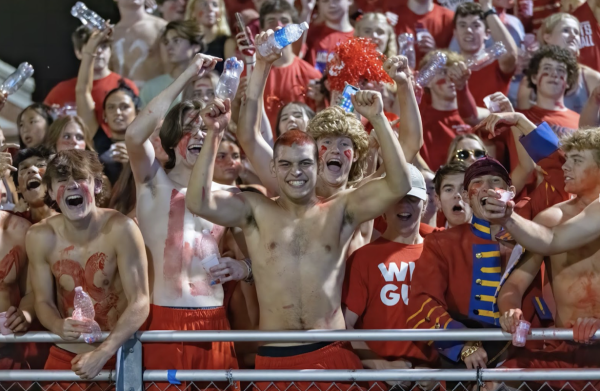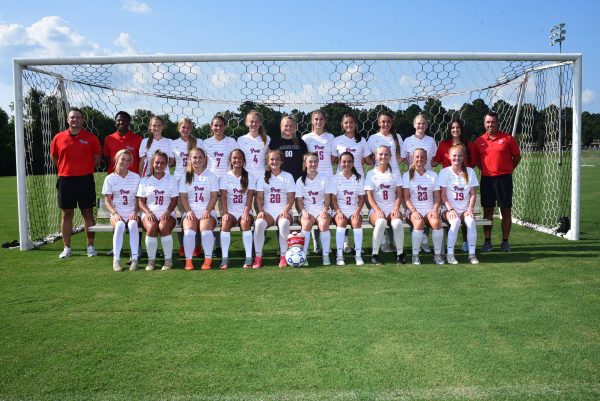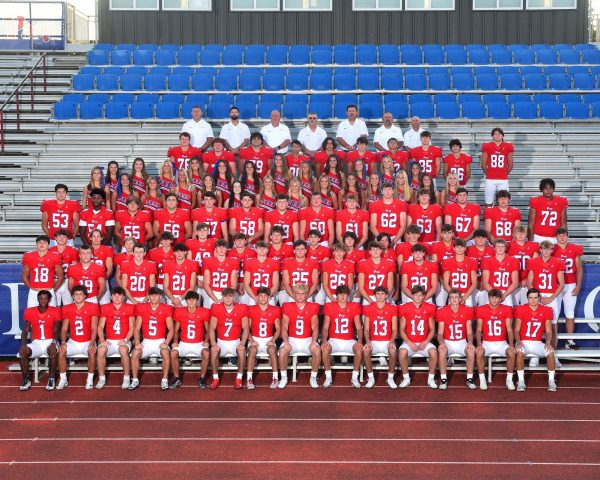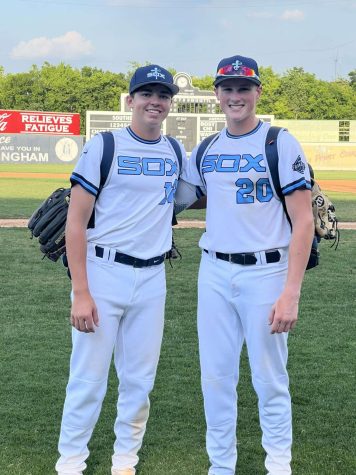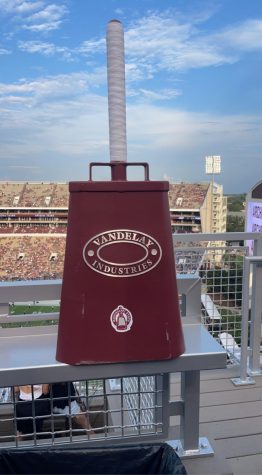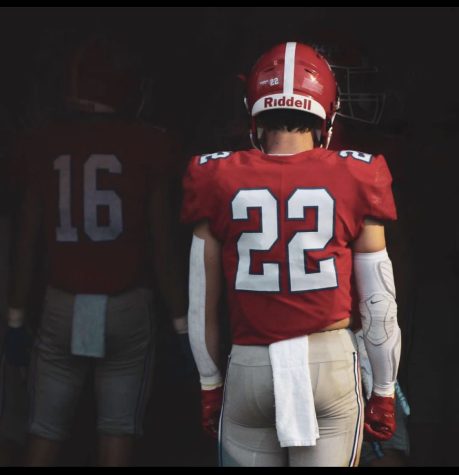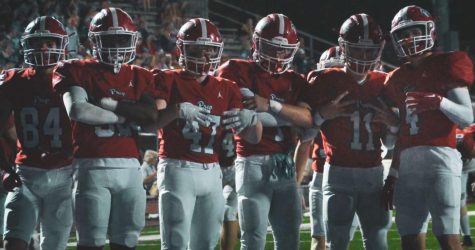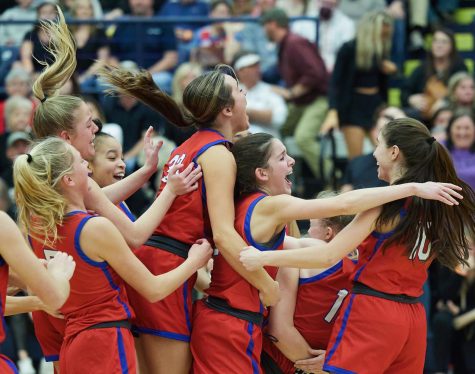Less faking, more football: the XFL is back
From Issue 7
The XFL has sobered up. After a 19-year hiatus, America’s edgiest football league is returning to the spotlight with its new eight-team format. Once again owned by controversial WWE titan Vince McMahon, the XFL scarcely resembles its dazzling predecessor. But will less unpredictability lead to more longevity?
Fortunately for the fledgling league, the bar is set pretty low. The first XFL experiment began, and ended, in 2001. However, its lone season left a distinct imprint on the memories of fans. Thriving on gimmicks and razzle-dazzle, the old XFL was the very image of unprofessional. The teams put nicknames like “He Hate Me” on the back of jerseys, promised extra camera time for cheerleaders, and created monikers fit for a middle-school dodgeball tournament. However, today’s XFL vows to be different from 2001. Commissioner Oliver Luck, the father of retired NFL quarterback Andrew Luck, says, “Aside from the name, there is nothing in common that we will have with the league in 2001.”

This time, the XFL is committed to putting forward a quality product. Although the organization has been unable to attract big-time free agent names like Johnny Manziel, Colin Kaepernick, or Chad Johnson, football fans will recognize those of Cardale Jones (D.C. Defenders), Landry Jones (Dallas Renegades), and Jordan Ta’amu (St. Louis Battlehawks). Thus far, the XFL has presented itself as an attractive option to little-known free agents who are unable to get into America’s premier league.
Having completed their second week of play, the XFL looks a lot different from America’s typical collegiate or professional style of play. First of all, kickoffs have been changed to raise return touchdowns while reducing injuries. The covering team lines up on the 35-yard-line opposite their kicker. Secondly, there are no extra points after touchdowns. Teams can elect to go for a one-point conversion from the two-yard line, a two-point conversion from the five-yard line, or a three-point conversion from the ten-yard line. Lastly, announcers will openly discuss sports betting and point spreads during broadcasts.
McMahon’s experiment in alternative football has seemed to work. In their first week of play, the XFL’s television ratings already top the NBA’s average regular-season ratings. By continuing their commitment to real, no-gimmick football, the XFL can find its spot in the professional landscape. So, in the mind of league executives, less may just mean more.



